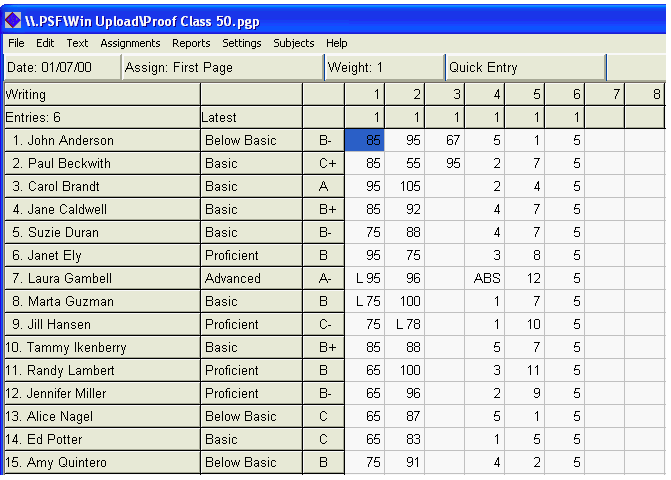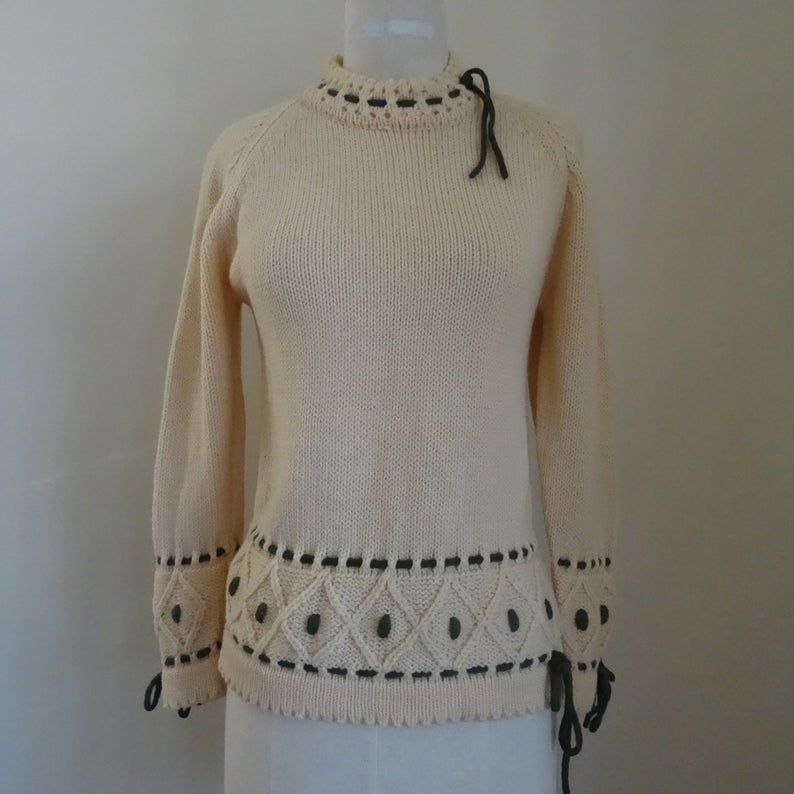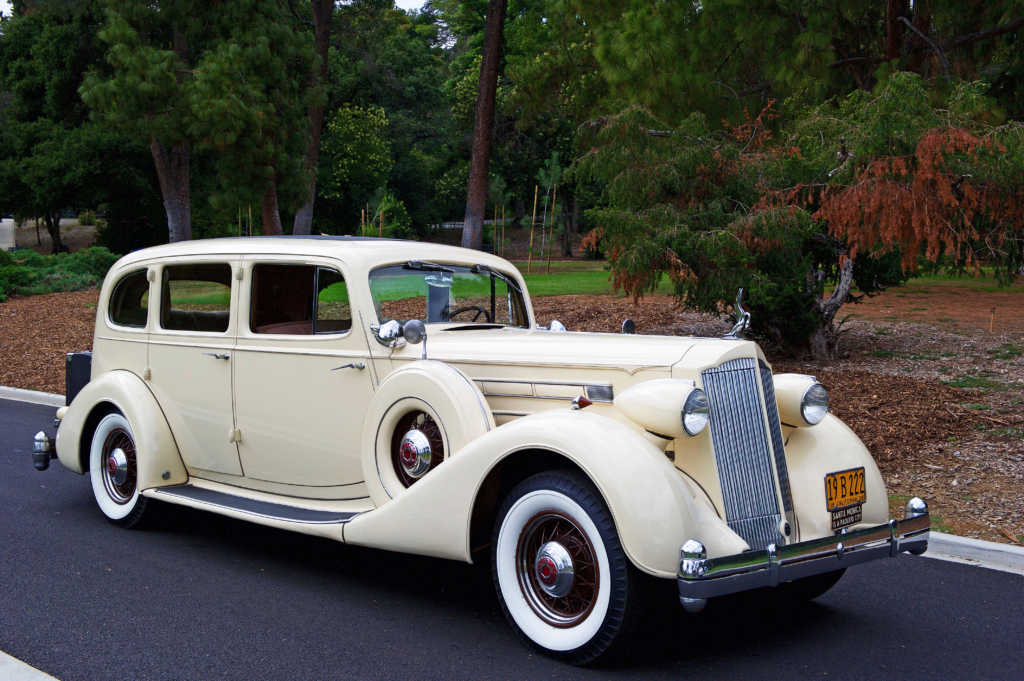When I was programming the electronic grade book for elementary teachers, people would ask, “How did you do that?” The answer was simple: “I wrote it wrong until I finally got it right.”

Writing like programming is about polish. We all make mistakes in plot/logic and grammar/syntax. Spending hours fixing the same type of problem tends to motivate me to quit making that error. For Windows computers, I wrote in Pascal, which is semicolon intensive—but I got so I didn’t miss. In writing, I remember the rules of the Oxford Comma most of the time.
I have been asked to give a short talk on writing. Wow. How can I ever describe how to write a book in thirty minutes? Yet, undaunted, I will give an entertaining talk—as in my writing, I aim to please. I plan to make up for any shortcomings in my presentation with charm and humor.
I plan to stun the audience with the wonders of research for Members of the Cast. The clothing for 1959 alone was an eyeopener. I have looked at more dresses that I knew existed. I now know what a cloche is, a sailor collar, and I learned what a jumper is with some correction.

And, of course, the sweater. I figure I am on the way to being a clothes maven.
The cars of the day were easy, but I want to be correct. I knew I wanted a Packard V12 but had to learn what years they were made. I settled on a 1939, the last year of the 12 and the first to have column shift.

The column shift vs. a floor shift was part of Sharon’s patter in the book, and it needed to be correct.
For me, the fun of writing is watching my characters grow into the story, finding solutions I hadn’t planned. If there is any reason my writing is successful, it is because my characters are smarter than I am.
381 total views, 2 views today